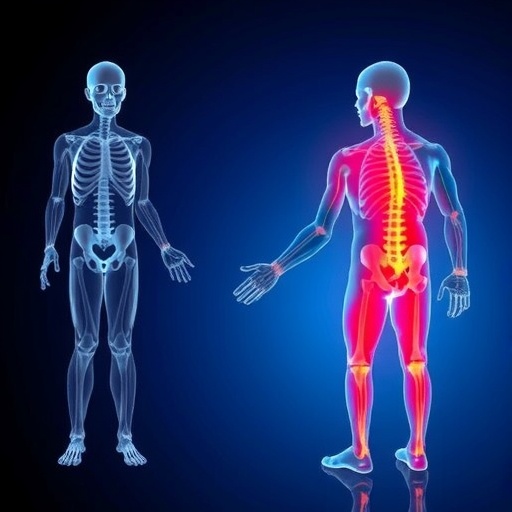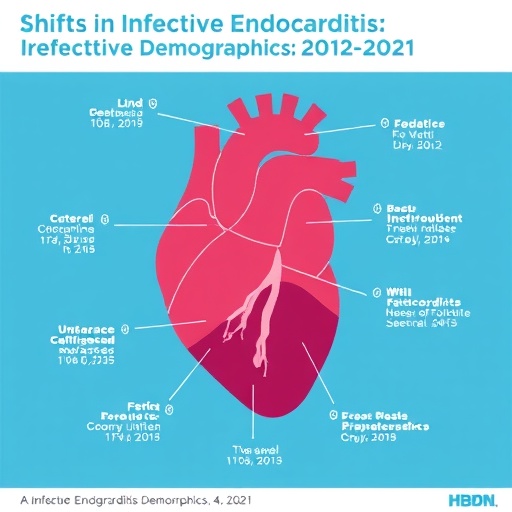WASHINGTON, DC — Researchers across the United States are finding ways to disrupt the dark-web drug trade, discern and foster fifth grade science talent in rural communities, grow better cotton and regrow fractured spines. Come meet these and more than 30 other scientists and engineers and hear about their discoveries at the 24th Annual Exhibition and Reception hosted by the Coalition for National Science Funding (CNSF).
WHAT: "Investments in Scientific and Educational Research: Fueling American Innovation."
WHEN: Wednesday, May 9, 2018, 5:30 – 7:30 PM
WHERE: 2043-2045 Rayburn House Office Building, Washington, D.C. 20515
This widely attended event will offer a glimpse at the research made possible by the National Science Foundation across all fields of science and engineering, from advances in bioengineering to the ethical uses of online data. In some instances, recent discoveries have already led to potentially profitable enterprises.
This year's exhibition will include five featured exhibits that highlight some of the most groundbreaking and relevant topics affecting Americans today:
The Centers for Disease Control and Prevention reports that rates of fatal opioid overdoses in the U.S. have quadrupled since 2000. Contributing to the drug-use epidemic is the increasing popularity of drug procurement through online drug markets and encrypted Internet services. Exhibitors Scott Duxbury and Dana Haynie from the Ohio State University are exploring the use of cyber-attacks to foil dark-web drug merchants and curb the death toll of overdoses that have resulted from opioid abuse.
From mobile phone apps to website search engines, wearable technology to social platforms, consumer information has become highly trackable and available, resulting in an ethically questionable free-for-all in research and marketing. Exhibitor Jessica Vitak at the University of Maryland, College Park's College of Information Studies is exploring the ethics of how these data are captured and used. Ultimately, findings from this study will guide development of ethical practices and norms to guide those who utilize big data and inform policymaking and regulation.
Melissa Luna, a researcher from West Virginia University, will present an investigation on how fifth grade teachers notice science thinking among students in rural and semi-rural schools. The exhibit will include some of the web-based interactive instructional materials that are being used to guide teachers' knowledge of noticing in science, and show how teachers recognize student thinking in science in practice.
As the American population ages, the development of transformative technologies will be essential to address the public health needs of the future. Through over a decade of NSF support, exhibitors Sarit Bhaduri and Vijay Goel at the University of Toledo have created a regenerative material to be used in spinal surgeries. The new material is now being manufactured locally, providing a direct impact on communities in Ohio.
Also included in the NSF-supported research highlighted this year will be an exhibit from the University of Texas at Austin. Z. Jeffrey Chen of the American Society of Plant Biologists will display a project that seeks to not only improve cotton production in Texas but also promote STEM education in the Mississippi Delta through active collaboration with Historically Black Colleges and Universities. These collaborations will facilitate the transfer of knowledge and skills to middle and high school STEM teachers and train students for future jobs.
###
Other exhibits include:
- Modeling autonomous underwater robot navigation to improve reliability – Stevens Institute of Technology
- Computing cures: discovery through the lens of a computational microscope – University of California, San Diego
- Enhancing sustainability in coastal communities threatened by harmful algal blooms – University of Michigan
- Preparing and inspiring the future STEM workforce with innovative STEM-focused high schools – George Washington University
- Silicon chips for point-of-care medical diagnostics – Princeton University
- Impacts of reintroduced bison and prescribed fire in one of the world's most threatened ecosystems – Northern Illinois University
The CNSF Exhibition and Reception annually draws more than 300 attendees, including members of Congress and their staff, congressional committee staff, the leadership of NSF, and representatives from the White House and other policymaking and research agencies.
Members of the media are encouraged to attend. For a full list of exhibits, contact Nicolle Rutledge, [email protected].
Media Contact
Erin Heath
[email protected]
@APSPhysiology
http://www.the-aps.org




